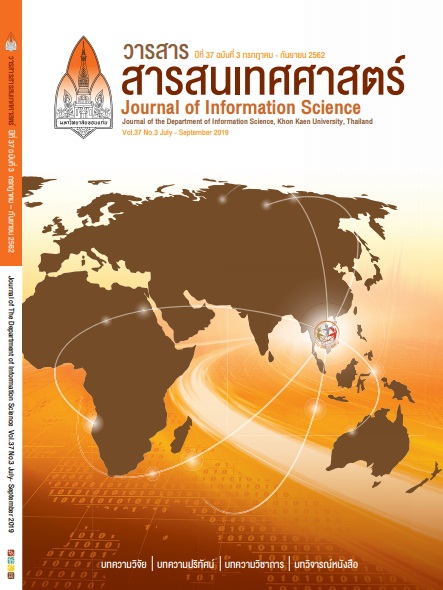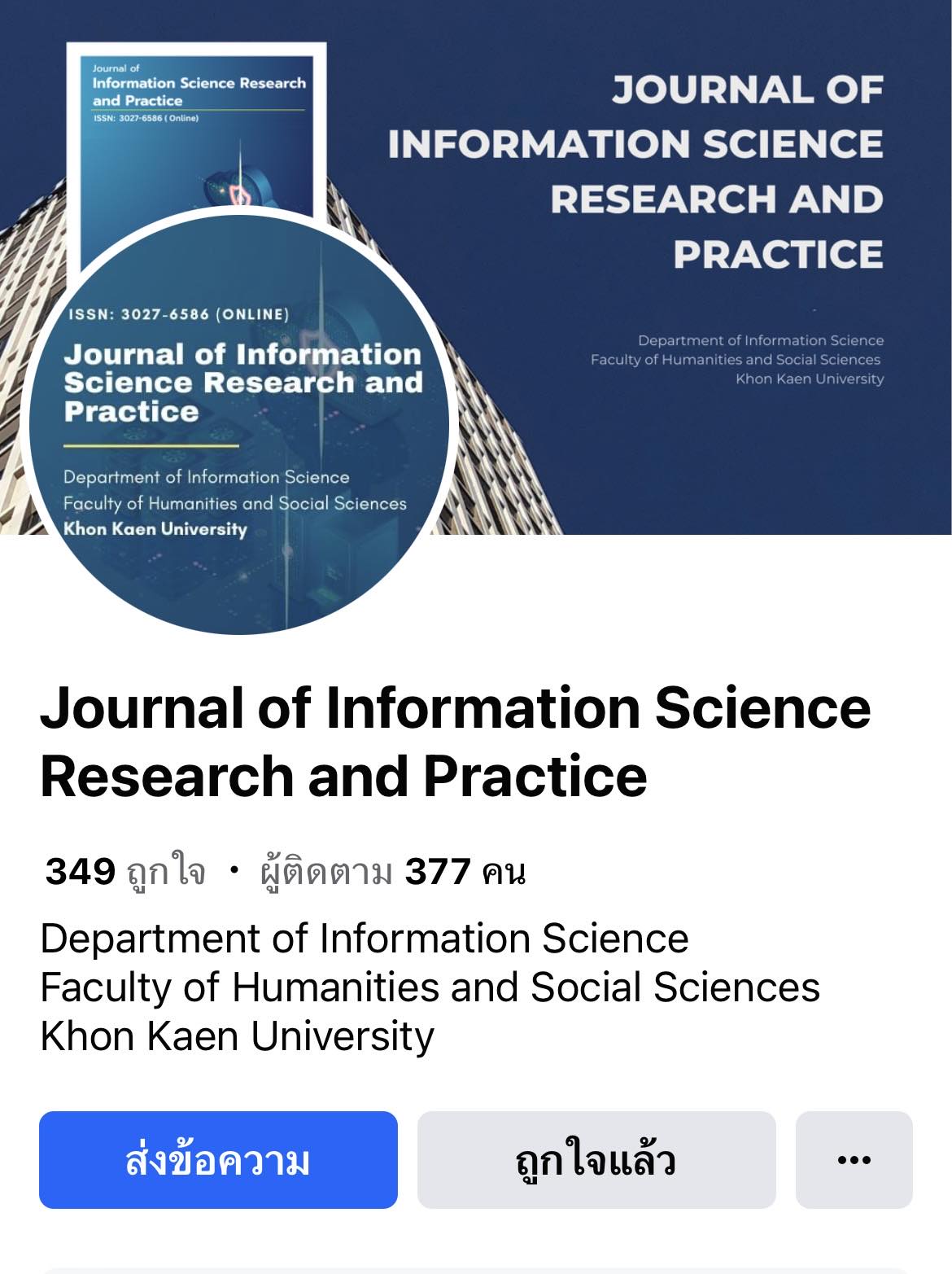Development Virtual Museum Interactive Application with 360-Degree and 3D scans Virtual Reality Technology: Case study 10 Museums of Thailand
DOI:
https://doi.org/10.14456/jiskku.2020.3Keywords:
Virtual Museum, Virtual Reality, Museum, 360 degrees imagesAbstract
Purposes of the study: This research aims to: 1) develop an interactive virtual museum mobile application of 10 museums in Thailand, and a website with virtual reality technology, 2) study student satisfaction with the interactive virtual museum mobile application (VR Siam) and the website created by 360-degree and 3D scans virtual reality technology.
Methodology: Data from 10 major museums were collected to develop a museum mobile application and a website. The sample was 400 primary school students selected by purposive sampling. Research instruments were: 1) virtual museum mobile applications, VR Siam, 2) virtual museum website, www.vrsiam.org, 3) application quality assessment, and 4) the questionnaire for asking students’ satisfaction with the mobile applications and the website. The data were analyzed by using frequency, percentage, mean and standard deviation.
Main Findings: 1) The quality of interactive virtual museum mobile applications and website with 360-degree and 3D scans virtual reality technology was very good ( =4.58) with a standard deviation equalled to 0.49 2) The level of students’ satisfaction was good ( =4.32) with a standard deviation equalled to 0.75.
Applications of this study: The study suggests guidelines for creating educational materials for virtual environment perception with 360-degree image creation technique which can be applied to other museums and educational settings.
Downloads
References
Akakul, T. (1999). Research methodology in behavioral sciences and social sciences. (In Thai). Faculty of Education Rajabhat Institute Ubon Ratchathani.
Atraksa, I., Sriprasertpap, K. and Langka, W. (2014). A development of a virtual museum model on computer technology. Retrieved 30 November 2017, from http://ejournals.swu.ac.th/index.php/jre/article/view/6819/6421
Chao Zhou, Zhenhua Li, Joe Osgood, and Yao Liu. (2018). On the effectiveness of offset projections for 360-degree video streaming. Retrieved 30 August 2018, from https://doi.org/10.1145/3209660
Ciabatti, E., Cignoni, P., Montani, C., & Scopigno, R. (1998). Towards a distributed 3D virtual museum. Retrieved 20 May 2018, from https://doi.org/10.1145/ 948496.948533
Iryanti, E. & Hindersah, H. & Priyana, Y. (2013). Design and implementation of interactive video content using TPACK framework: (Case study: Exhibition system of primordial man’s weapon in geological museum). Retrieved 11 May 2018, from https://www.researchgate.net/publication/ 269307818
Kabassi, K. (2016). Evaluating websites of museums: State of the art. Retrieved 02 August 2018, from https://doi.org/10.1016/j.culher.2016.10.016.
Lauren, M. Messenger. (2015). Location aware: museum mobile applications as an interpretive tool. Retrieved 20 May 2018, from https://digital.lib. washington.edu/researchworks Srisa-ard, B. (2010). Basic Research. (In Thai). Bangkok : Suveyasarn.
Suwanrassamee, W. (2008). Model of virtual museum for education. Retrieved 30 November 2017, from https://doi.nrct.go.th/ListDoi/Download/124428/ 894893773af4127ce13d95e68469ff4b?Resolve_DOI=10.14457/KU. the.2008.780
Thunyawiwatkul, Y. (2013). Kan rianru nai phiphitthaphan : Bai ngan tua chuai kratun kan rianru yang sangsan. (In Thai). Retrieved 30 November 2017, from https://www.gotoknow.org/posts/559806
Watcharapol, S. (2001). Phiphitthaphan khum phalang heang kan rianru korani sueksa prathet angkrit. (In Thai). Retrieved 30 November 2017, from http://lms.bks.ac.th/lms/ebook/pdf/pp/pdf.pdf








